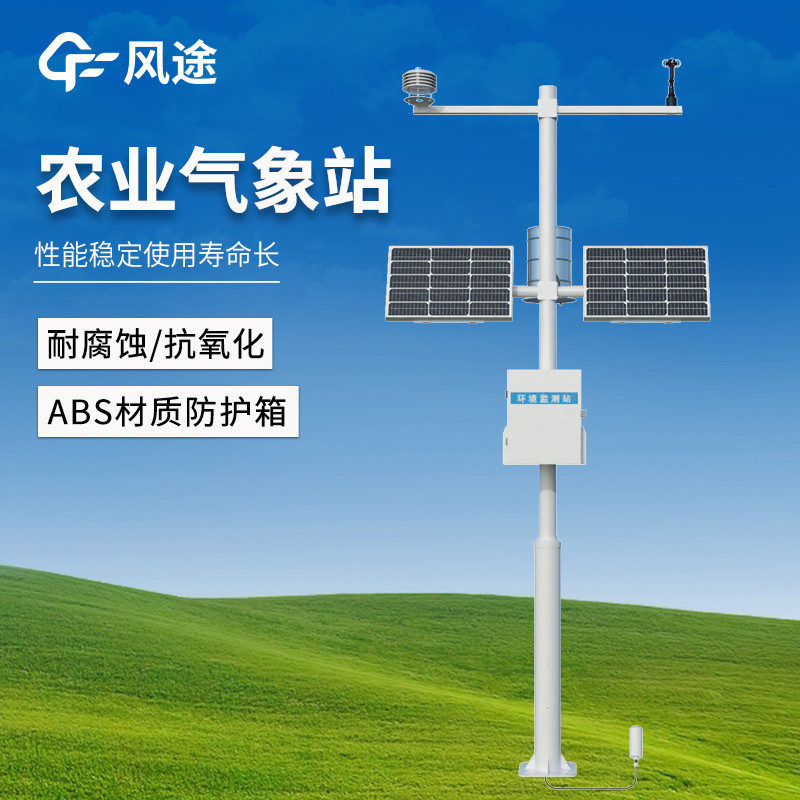Smart agriculture is a product of the deep integration with traditional agricultural production in the wave of modern information technology. Its essence is to use technologies such as the Internet of Things, big data, cloud computing, and artificial intelligence to carry out intelligent transformation of the entire process of agricultural production. Smart agriculture uses a sensor network to collect information in real time, such as the temperature and humidity of farmland soil, meteorological data, and images of crop growth. It utilizes big data analysis to build accurate decision-making models, and then uses intelligent devices such as intelligent irrigation, fertilization, and greenhouse control to achieve automated production management. It covers the entire chain of agricultural production, processing, and sales, breaking the limitations of traditional agriculture's reliance on experience-based decision-making. It uses a data-driven approach to improve production efficiency, reduce cost losses, and at the same time take into account resource conservation and ecological protection.
The Agricultural Weather Stations suitable for smart agriculture are a key module of this system. Most of them have an upright pole structure. The top is equipped with a multi-element sensor cluster, which can simultaneously monitor meteorological indicators such as air temperature and humidity, wind speed and direction, air pressure, rainfall, and solar radiation. Some high-precision models also integrate soil temperature and humidity sensors and high-definition cameras to track the microscopic growth environment of crops. The data collected by these sensors is transmitted back to the cloud platform in real time through the GPRS or NB-IoT network, generating visual reports of meteorological data and trend early warning models.

Article address:https://www.sqqx.net/en/news/634.html

 +86 15898932201
+86 15898932201



